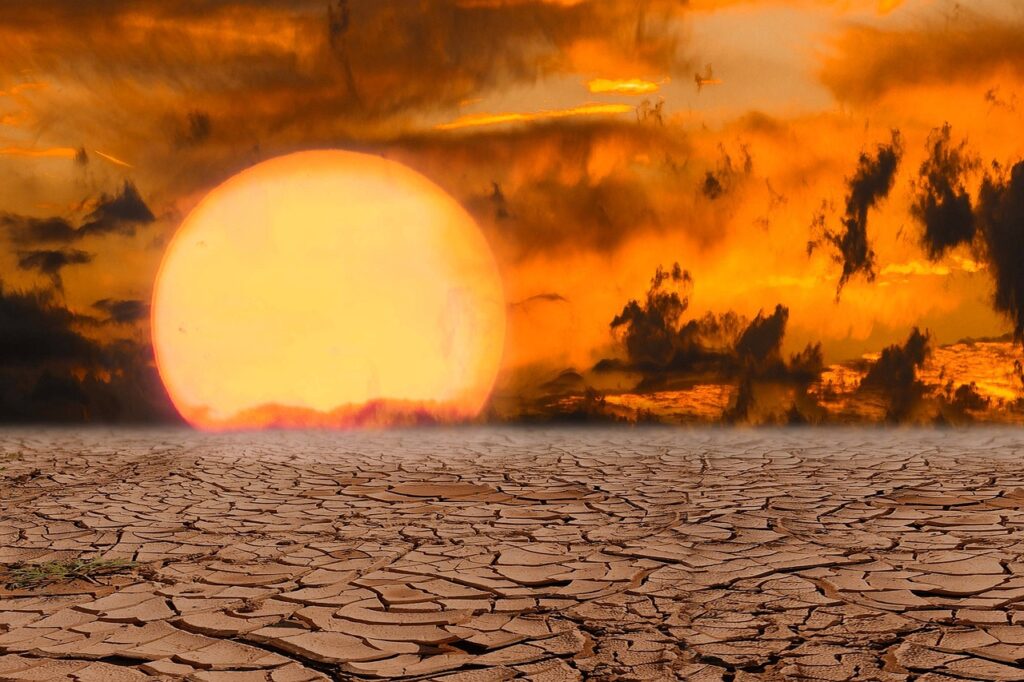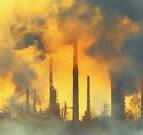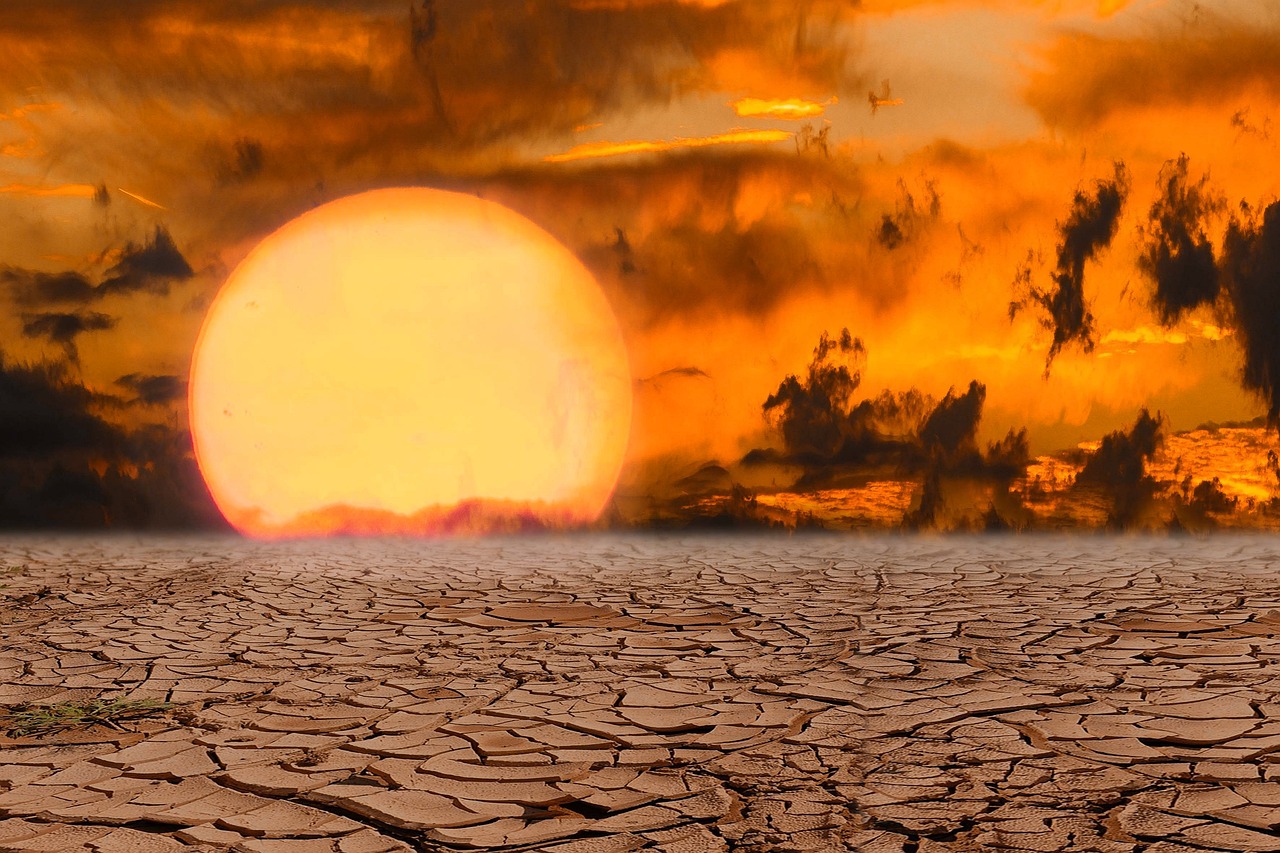Climate Change 2025:The Growing Public Health Concerns: Heat Waves, Poor Air Quality, and Vector-Borne Diseases
Climate change is causing significant changes in our environment, growing public health concerns, as these changes are having serious effects on our health. Three major issues are becoming more common: heat waves, poor air quality, and the spread of diseases carried by insects like mosquitoes. Let’s break down these problems and understand why they matter.

Climate Change
Heat Waves
Heat waves are periods of extremely hot weather that last for several days. They are becoming more frequent and intense due to climate change. When temperatures soar, it can be dangerous for our health. High temperatures can cause heat exhaustion and heatstroke, which can be fatal if not treated promptly. Older adults, young children, and people with chronic illnesses are especially vulnerable.
Poor Air Quality
Air pollution is another concern in growing public health concern. When the air quality is poor, it means there are harmful particles and gases in the air we breathe. These pollutants can come from car emissions, industrial activities, and even wildfires. Breathing in polluted air can lead to respiratory problems like asthma and bronchitis. Long-term exposure can also increase the risk of heart disease and lung cancer.
Vector-Borne Diseases
Vector-borne diseases are illnesses transmitted by vectors, such as mosquitoes and ticks. Climate change is expanding the habitats of these vectors, allowing them to thrive in new areas. For example, warmer temperatures and increased rainfall create ideal breeding conditions for mosquitoes, which can spread diseases like dengue fever, malaria, and Zika virus. This means more people are at risk of contracting these diseases.
Why It Matters
These health issues are interconnected and can have a cascading effect on communities. For instance, heat waves can worsen air quality by increasing the concentration of pollutants. Poor air quality can weaken our immune systems, making us more susceptible to diseases. Additionally, the spread of vector-borne diseases can strain healthcare systems, especially in regions that are not well-prepared to handle outbreaks.
What Can We Do?
Addressing these growing public health concerns requires a multi-faceted approach:
- Stay Informed: Keep up-to-date with weather forecasts and air quality reports.
- Stay Cool: During heat waves, stay indoors during the hottest parts of the day, drink plenty of water, and use fans or air conditioning if possible.
- Reduce Pollution: Support policies and practices that reduce air pollution, such as using public transportation, recycling, and conserving energy.
- Prevent Mosquito Breeding: Eliminate standing water around your home where mosquitoes can breed, and use insect repellent to protect yourself from bites.
By understanding these issues and taking proactive steps, we can protect our health and the health of our communities.
Reasons for the Increase in Heat Waves in Europe and the US
Main Reasons
- Climate Change: The primary driver of the increasing frequency and intensity of heat waves is climate change. Human activities, such as burning fossil fuels, deforestation, and industrial processes, have significantly increased the concentration of greenhouse gases in the atmosphere. This has led to global warming, which makes heat waves more likely and more severe1.
- Urbanization: Cities tend to be hotter than rural areas due to the “urban heat island” effect.
 Concrete, asphalt, and buildings absorb and retain heat, raising temperatures in urban areas. As cities expand, this effect becomes more pronounced, contributing to higher temperatures during heatwaves1.
Concrete, asphalt, and buildings absorb and retain heat, raising temperatures in urban areas. As cities expand, this effect becomes more pronounced, contributing to higher temperatures during heatwaves1. - Changes in Atmospheric Patterns: Shifts in atmospheric circulation patterns, such as the jet stream, can lead to prolonged periods of high pressure over certain regions. These high-pressure systems can trap heat and prevent cooler air from moving in, leading to extended heatwaves1.
- El Niño: This natural climate phenomenon can temporarily increase global temperatures. During El Niño years, warmer ocean temperatures in the Pacific can influence weather patterns worldwide, including increasing the likelihood of heatwaves1.
Historical Context
Heat waves are not a new phenomenon; they have occurred throughout history. However, the frequency, duration, and intensity of heat waves have increased significantly in recent decades. Historical records show that while heat waves have always been part of natural climate variability, the current trends are unprecedented in the context of the past century1.
For example, the 2003 European heat wave was one of the deadliest on record, causing tens of thousands of deaths. More recently, the heat waves in 2023 and 2024 have shattered temperature records across Europe and the US, highlighting the growing impact of climate change1.
The increase in heat waves in Europe and the US is primarily driven by human-induced climate change, urbanisation, and changes in atmospheric patterns. While heat waves have occurred in the past, the current trends are more extreme and frequent, posing significant challenges to public health and infrastructure. Addressing these issues requires urgent action to reduce greenhouse gas emissions and adapt to the changing climate.
Global Response to Air Pollution
Air pollution is indeed a significant global issue, and it has been taken seriously by many countries and international organisations. Here’s an overview of how the world, particularly developed countries, is addressing this challenge:
International Efforts
- United Nations (UN): The UN has been at the forefront of addressing air pollution. The UN Secretary-General and various UN agencies, such as the World Health Organisation (WHO) and the United Nations Environment Programme (UNEP), have repeatedly highlighted the dangers of air pollution and called for urgent action. The UN’s Sustainable Development Goals (SDGS) include targets to reduce air pollution and improve air quality.
- World Health Organisation (WHO): The WHO has established air quality guidelines and provides technical support to countries to monitor and improve air quality. They also conduct research and publish reports on the health impacts of air pollution.
- Paris Agreement: While primarily focused on climate change, the Paris Agreement also addresses air pollution by encouraging countries to reduce greenhouse gas emissions, which are often linked to air pollutants.
Efforts by Developed Countries
- United States: The US has implemented several policies to combat air pollution, such as the Clean Air Act, which sets standards for air quality and limits emissions from industries and vehicles. The Environmental Protection Agency (EPA) monitors air quality and enforces regulations.
- European Union (EU): The EU has stringent air quality standards and has implemented various directives to reduce emissions from vehicles, industries, and power plants. The European Environment Agency (EEA) monitors air quality across member states and provides data and analysis.
- Japan: Japan has made significant strides in reducing air pollution through strict regulations and the adoption of clean technologies. The country has invested heavily in public transportation and renewable energy to reduce emissions.
- Canada: Canada has implemented the Air Quality Management System (AQMS), which sets national standards for air quality and aims to reduce emissions from industrial sources. The country also promotes the use of clean energy and electric vehicles.
Challenges and Ongoing Efforts
Despite these efforts, air pollution remains a significant challenge. Developed countries continue to face issues related to urbanisation, industrial activities, and transportation. Additionally, Tran’s boundary air pollution, where pollutants travel across borders, complicates efforts to improve air quality.
International cooperation and continued investment in clean technologies, renewable energy, and public awareness are crucial to addressing air pollution. Developed countries, with their resources and technological capabilities, play a vital role in leading these efforts and supporting developing nations in their fight against air pollution.
Source:
1: World Health Organization – Heat and Health 2: Globalization and Health – Heat waves and Climate Change 3: Springer – Human Health in the Face of Extreme Weather
1: BBC – Europe and US heat waves near ‘impossible’ without climate change
If you enjoyed this article, please like and share it with your friends, and don’t forget to subscribe for more great content!
Climate Change 24/25:Unlocking Adaptable Ocean Solutions for Climate Action
The Effects of Climate Change in 2024 : The Looming Catastrophe for The World


